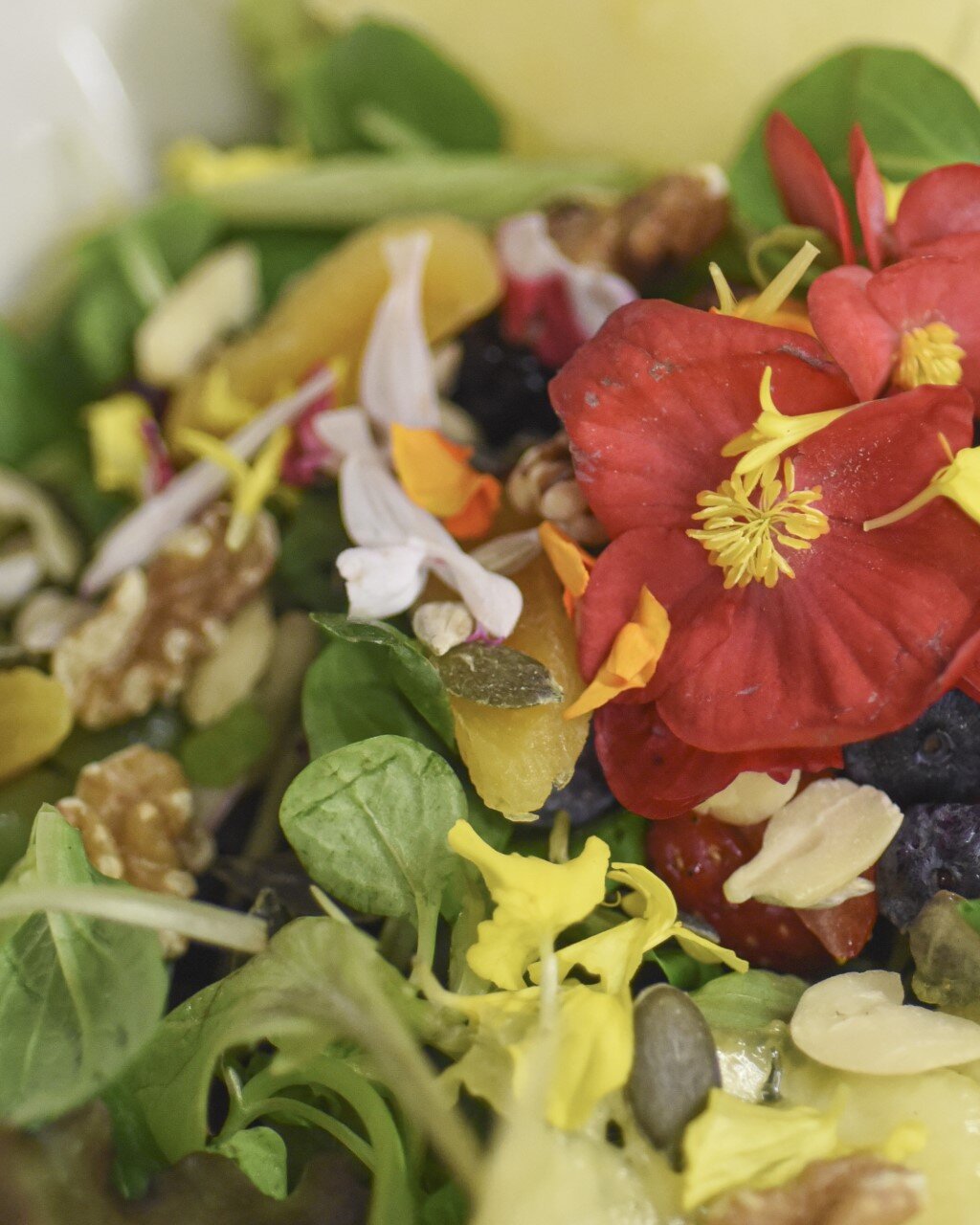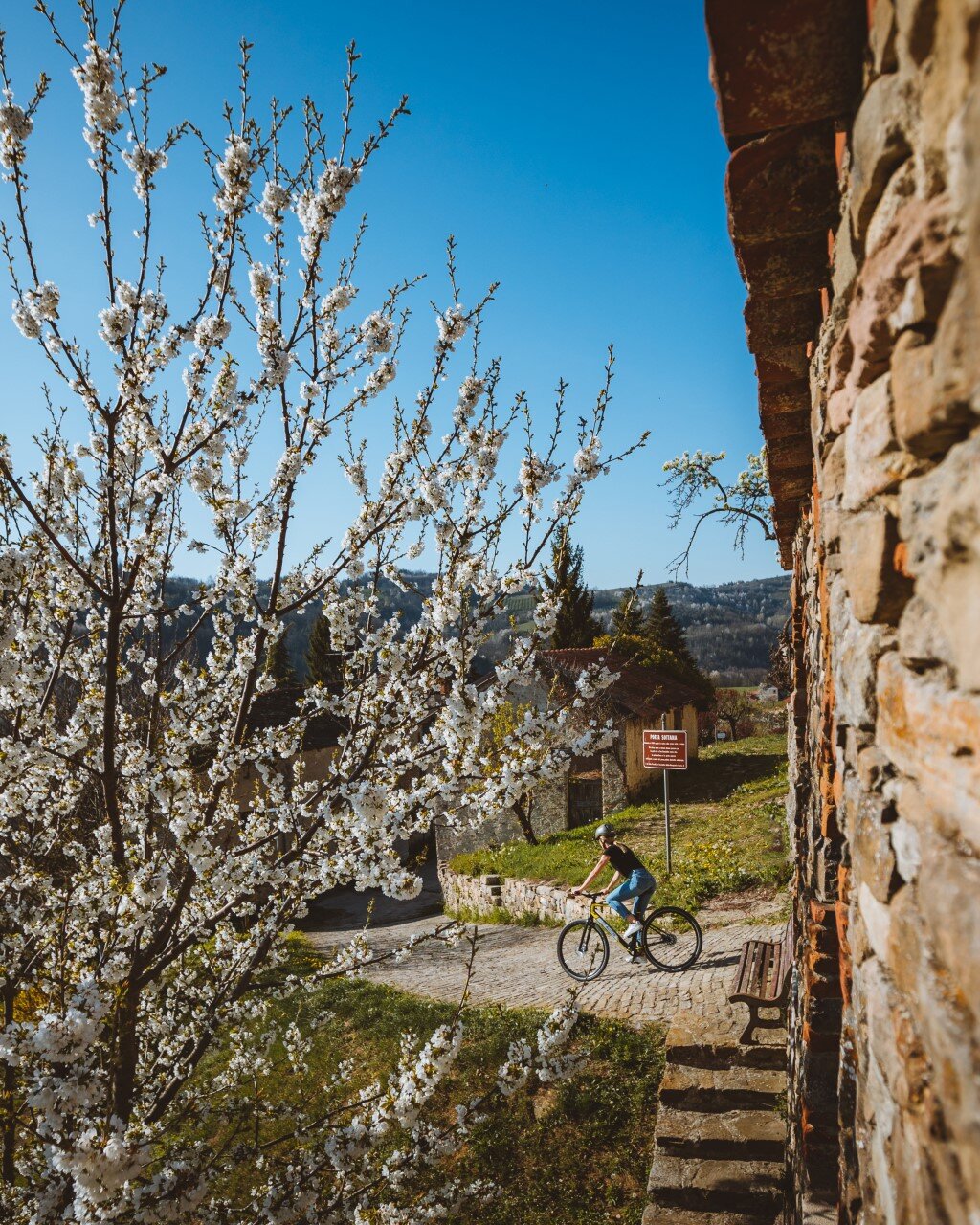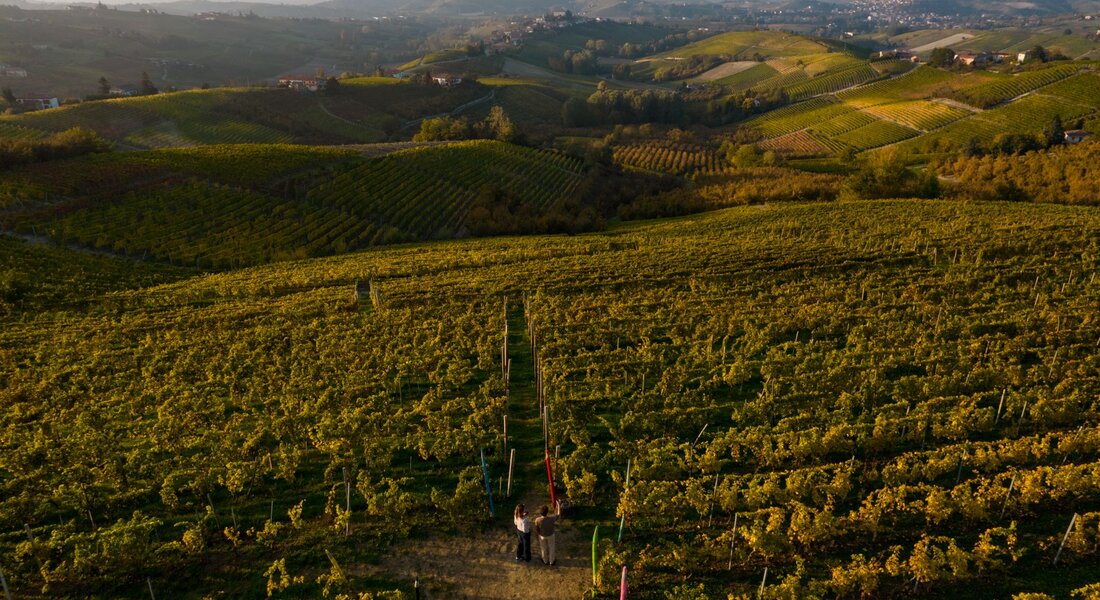The starting point is Canelli (see itinerary Canelli, the "Gatway to the World"), home to the sparkling wine invented by Carlo Gancia in 1850. The Underground Cathedrals are a must-see, they are at the heart of the UNESCO recognition.
Find out more
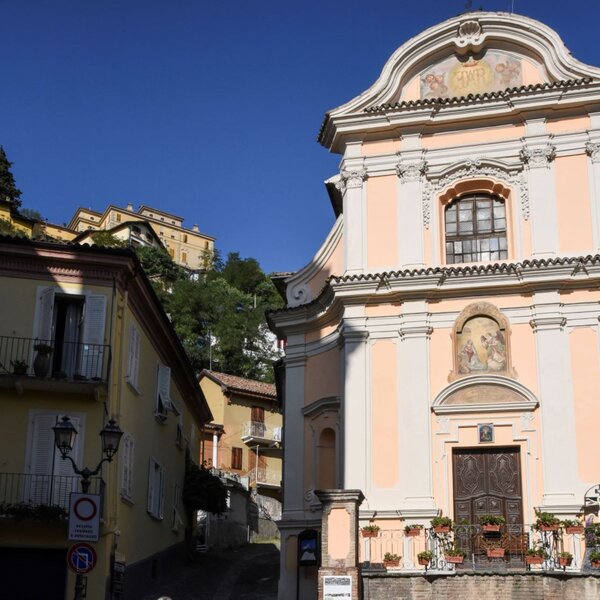
Canelli, the "Gateway to the World"
Find out moreCastiglione Tinella overlooks Calosso on the opposite hill, with its old town made of stones, tiles and bricks, the Bottega del Vino (Wine Shop) and the 'Versi in Vigna' (Lines in Vines) in the rows, which decorate each side of the village. As you leave the village you will come across the tiny Church of San Carlo, another splendid panoramic viewpoint. Next you reach Valdivilla, with the memorial to the partisans of the Langhe Division (i.e. the Autonomous brigade of Mauri, Poli and Fenoglio) and finally, the junction leading to Camo, with its creative Museo a Cielo Aperto (Open-air Museum). Then there is Mango, the highest hilltop village, with the Enoteca Regionale (Regional Wine Centre) Colline del Moscato set in the late Renaissance Busca Castle, the memorable Monument to the Dog and the Pinacoteca delle Langhe (Langhe Art Gallery).
Find out more
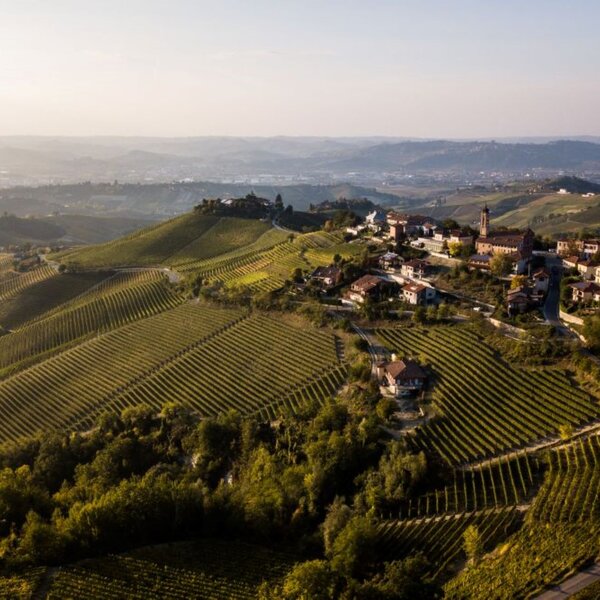
The Langa of Barbaresco
Find out moreNext, just like Fenoglio's Partisan Johnny, you descend towards Cossano Belbo via the Sanctuary of the Madonna della Rovere. Cossano Belbo is located along the Belbo river, just like the neighbouring village of Rocchetta Belbo. In Cossano Belbo, a special place to visit is the Enomuseo (Wine Museum) Toso, the ideal place to know and preserve all the secrets of the art of winemaking of these hills. On the way up to Scorrone, you get to Santo Stefano Belbo, a village where everything refers to Cesare Pavese, who was born here in the summer of 1908 and took his life in the summer of 1950, just a few months before his masterpiece "La luna e i falò" (The moon and bonfires) was published, a novel that everyone should read before travelling to these hills. The village welcomes us with its ancient ruined tower, the soft sandstones of the romanic Abbey of San Gaudenzio, the imposing size of the Confraternity of Saints Giacomo and Cristoforo, the romantic spires of Moncucco and, above all, the Pavese Foundation. For those who love the bright colours and the contaminations of contemporary art, not to be missed a visit just outside the village, where a Relais Château is home to a precious treasure, the Open Space San Maurizio 1619: a chapel frescoed by Tremlett, an English artist ‘at home’ in the Langa, to celebrate the 400th anniversary of the monastery.
Find out more
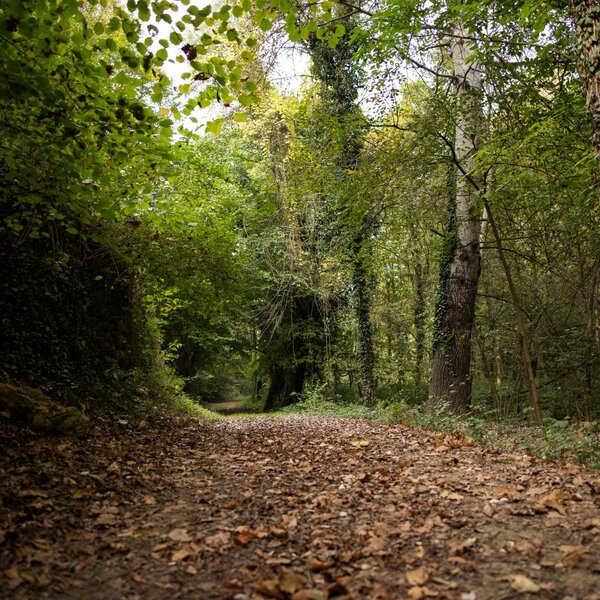
Parks of the Monferrato Area
Find out more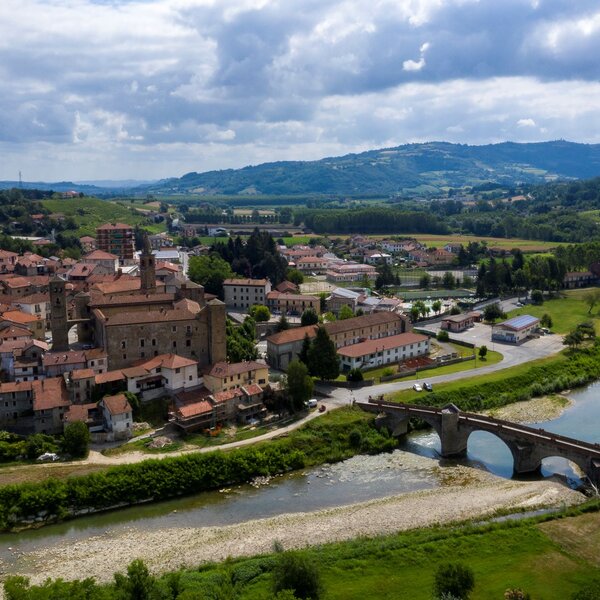
Langa Astigiana in and around Monastero Bormida
Find out more
